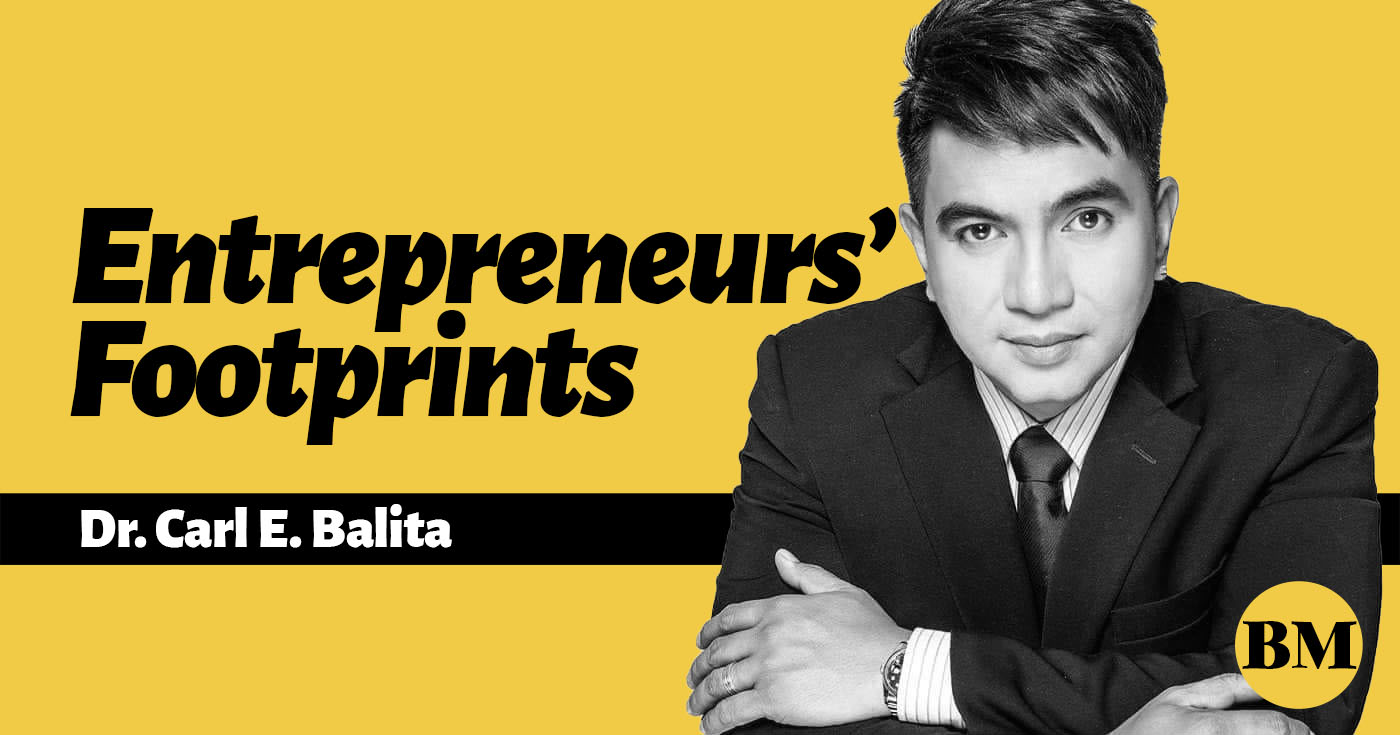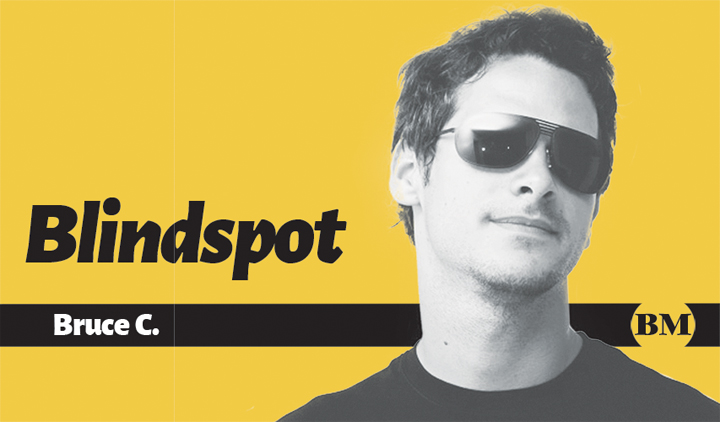The Father of Modern Management, Peter Drucker, defines planning as the continuous process of making present entrepreneurial decisions systematically and with best possible knowledge their futurity, organizing systematically the efforts needed to carry out these decisions against the expectation through organized systematic feedback.
When the volatility, uncertainty, complexity and ambiguity of the business ecosystem confront business in the pandemic times, planning is vital. But planning is not everything.
Planning forms part of the management process that serves as an input to what come in between the strategic vision and the outcome-oriented execution process, and everything else that follows.
In the face of the pandemic, our skills of anticipating, influencing and controlling the nature and direction of change, as planning skills identified by McFarland, become more challenging. To Koontz and O’Donnell, planning is deciding in advance what to do, how to do it, when to do it, and who is to do it. Planning, as the bridge to the gap from where we are to where we want to go, has become more complicated because of what comes along the bridge and the tides below and the scenarios above and around it.
Therefore, there is more into planning than just having a perfect plan.
As a year comes to an end, planning sessions and workshops are conducted. Planners take a joy ride at their imagination towards an idealistic envisioned future as they anchor themselves within the boundaries of their realistic internal and external environments. The lessons of the past and the resources of the present are harmonized towards being and becoming the enterprise or organization of the future prepared for greatness infused with new hopes and dreams with timelines and deadlines. The plan sets the input, the processes and the outcomes in a document that serves as routes in the map of the desired future.
The pandemic crisis has called for planning like never before. There is a shift from being reactionary to recovery, from surviving to thriving, and from knee-jerk reaction to a holistic proactive action for fight and win.
Three reality checks
Not everything is changing. Yes, there are past and current disruptions that brought about a rate of change that is faster than ever before. But not everything is changing. Some changes may be permanent while some are just temporary and will recoil back to the old ways. This includes consumers who are in the wishful thinking mode of wanting to be back to the old normal, while adapting to and evolving with the new normal. These should be considered in planning.
Psychographics are as important as the demographics. The pandemic experience has become a unique personal and social experience among people in particular and humanity in general. New living styles and lifestyles are formed. Emerging preferences and predilection are observable. The adaptation and adoption have either voluntarily and involuntarily transformed many facets of life and living. A customer-centric business pivot should bear this in mind to address these dynamic and still ongoing behavioral mutations.
Signals, trends and data are available to guide planning. As the Art of War puts it, the strategist can depart from the plan on the basis of knowledge, not ignorance. As there is an art that operates the efficient doing-the-thing-right planning, there is also science that guides doing-the-right-thing effective planning. Science is based on reliable evidences. Doing the right thing right by everyone from the beginning and all the time was how excellence was defined in the past. But in the context of this unprecedented pandemic experience, agility is called for as the preparedness to shift strategies towards the same vision. What used to be referred to as contingency planning, the plan B as reserved in case plan A fails, in the pandemic context may need to engage the entire alphabet for a more and diverse alternative plans. This should be regarded in planning.
Business model for planning
In the recently concluded Mansmith Market Masters Conference, the concept of the Business Model took centerstage and such idea surfaced in every conversation between and among 17 CEOs of top brands in the Philippines. The Business Model is a comprehensive reference and fast overview towards planning in this pandemic times.
According to Tina Tan, President of Suy Sing, it is business model that drives creative marketing strategies while UnionBank President and CEO Edwin Bautista asserts that marketing can no longer be divorced from business model. 7-11 President and CEO Victor Paterno notes that if the business model is re-examined, it creates a hologram effect of understanding from different angle to understand it more. That is exactly the value of the business model in planning.
The Business Model Canvas is a one-page strategic management and entrepreneurial tool. It allows one to describe, discuss, improve, design, challenge, innovate, invent, and pivot a business model. The Business Model Canvas breaks a business model down into nine easily-understood segments. These includes the (1) customer segment, which is the target market for whom (2) value proposition as a bundle of products and services is proposed. The (3) channels are the touchpoints for the delivery of the value leading to the establishment of (4) Customer relationship. The (5) revenue streams is the pricing mechanism capturing the value by engaging the (6) key resources which are indispensable infrastructure or assets with (7) key activities to perform well along with (8) key partnership leveraged for the delivery of value. These segments lead to the (9) cost structure in the business model. This Business Model Canvass was formulated by Alexander Osterwalder in 2005 based on earlier work on business model ontology.
Multi-awarded business consultant Josiah Go expanded the elements and added the value chain, inspired by Porter, and reconfiguration, which is innovation inspired by the Blue Ocean Strategy. The Mansmith Business Model Map clusters the 11 elements into offering model, operating model and financial model. By aligning marketing, operations and finance to redesign the business, Mansmith Business Model Map breathes life into the business and can spur to differentiate.
The point of planning is not the formation of the plan. This is the result of not so much the plan, as the depth of the knowledge that was obtained in the formation of one. Sun Tzu counselled in the Art of War to be like water, flowing the path of least resistance, yet striking with the force of a raging torrent. And the entrepreneurs will leave their footprints of victory not because of the formulated plan, but because of the achievement of the desired future.
Josiah Go has developed an all-new Business Model Course to deep dive into each building block providing selection criteria, risk to be mitigated as well as to reconfigure to create business model innovation. It runs on January 19 and 20, 2021. More information at www.continuum-edu.com.




























